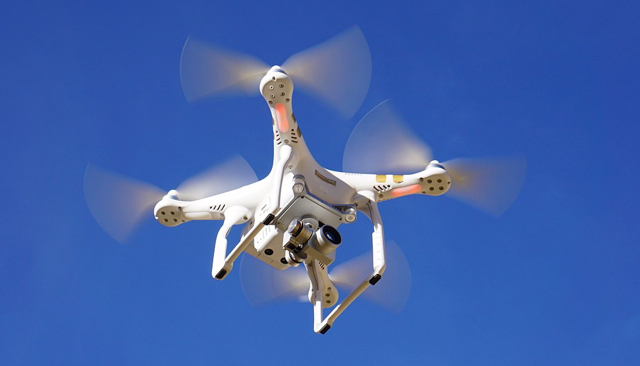FAA Issues Drone Operation Rules, Privacy Issues Unresolved
August 30, 2016
The operation of drones has sparked heated debate and industry angst regarding issues of safety, privacy and regulation. Now, the Federal Aviation Administration (FAA) has issued its first detailed rules that clarify nationwide licensing requirements for pilots and bans operation of drones at nighttime. But it still hasn’t touched the hot button topics of privacy protections, high altitude flying, drones heavier than the currently-approved 55-pounds and other issues. In that vacuum, local governments are coming up with their own regulations.
The Wall Street Journal says that earlier this year the FAA “recognizing the need for quick action … established separate registration requirements for all drone users,” with the promise to release additional regulations enabling drones to fly over crowds. Although FAA head Michael Huerta stresses caution, he also acknowledges that the agency can’t “act at the [traditional] speed of government.”
FAA senior air-traffic control official Terry Biggio adds that enabling drones to take to the sky “certainly is the number one issue” at the agency.
Still, “the relevant technologies, as well as safety risks associated with them, continue to develop significantly faster than federal efforts to control them.” In hundreds of reported incidents, drones have flown “dangerously close to airports,” raising calls for automated digital fencing. The union representing airline pilots is vociferous in its criticism of “a fundamental gap in the regulatory structure,” whereby Congress refuses to allow the FAA to create “tough new regulations on hobbyists.”
Air Line Pilots Association president Tim Canoll states that, “incorporating unmanned vehicles can’t be allowed to degrade current safeguards,” encouraging the FAA “take a stronger stance in ensuring” that commercial drone pilots “receive adequate ground and flight training.”
By the end of the decade, drones used for business purposes are expected to “attract millions of new operators across the U.S. annually,” forcing the FAA to focus on “ensuring that testing facilities are able to cope with the expected influx of tens of thousands of pilot applicants.” An industry-wide advisory committee dealing with “future policies, enforcement priorities and regulatory initiatives” was just established, and Huerta will soon release the names of appointees.
Related:
FAA Expects 600,000 Commercial Drones In the Air Within a Year, NPR, 8/29/16
FAA’s New Drone Rules Go into Effect; CNN Has Waiver to Fly Over Your Head, The Hollywood Reporter, 8/29/16
In a First, FAA Allows PrecisionHawk to Fly Drones Where Pilots Can’t See Them, TechCrunch, 8/29/16
Woman Shoots Drone: “It Hovered for a Second and I Blasted It to Smithereens”, Ars Technica, 8/29/16


No Comments Yet
You can be the first to comment!
Sorry, comments for this entry are closed at this time.